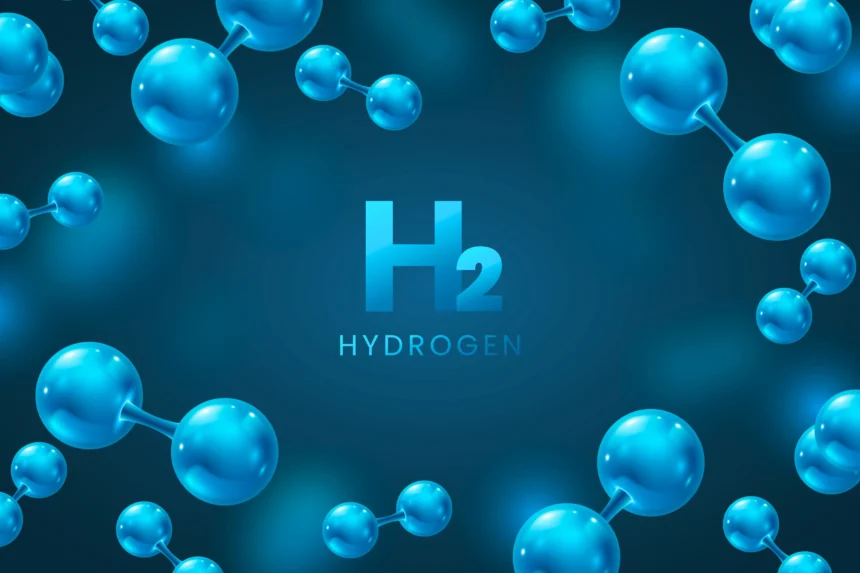It started as a typical Wednesday afternoon in Professor Malik’s chemistry lab at the university. His students were wrapping up a routine experiment when a spilled solution and a misread label caused an unexpected reaction. A curious fizz, a sharp scent, and a swift call for supervision followed. What the students had accidentally created was not just a mess, but a perfect mixture involving hcooch ch2 h2o a combination that sparked deep discussions around organic chemistry, hydration reactions, and the fascinating chemistry of carboxylic acids. This moment of surprise led to an engaging exploration of one of organic chemistry’s core compounds, its properties, and practical uses. In this article, we’ll break down the components of hcooch ch2 h2o, explain its significance in chemical studies, and why it matters in both educational and industrial settings.
Understanding the Formula: What is HCOOCH CH2 H2O?
Breaking Down the Chemical Components
The formula hcooch ch2 h2o appears complex at first glance, but it represents a combination of simple organic components:
-
HCOOCH: This suggests a formate ester likely methyl formate, an ester derived from formic acid and methanol.
-
CH2: A methylene group, commonly present in organic chain structures.
-
H2O: Water, indicating a hydration or an aqueous environment.
Together, these molecules represent a basic ester hydration setup, commonly used in organic reactions involving hydrolysis or solvent systems.
The Role of Esters in Organic Chemistry
Why Esters Matter
Esters like the one in hcooch ch2 h2o are widely studied for their:
-
Pleasant smells (used in perfumes and flavorings)
-
Solvent properties in industrial applications
-
Key roles in biochemical pathways
Hydration reactions, especially involving esters, are used in:
-
Pharmaceutical synthesis
-
Polymer manufacturing
-
Food chemistry
Esters are often hydrolyzed in the presence of water, which breaks them down into their parent alcohols and acids. In the presence of CH2 groups, the reactions can also evolve into more complex polymerization or substitution processes.
Applications of HCOOCH CH2 H2O in Industry
Industrial Relevance
Industrially, hcooch ch2 h2o compositions play roles in:
-
Solvent systems: Used to dissolve both polar and non-polar compounds.
-
Synthesis of intermediates: Creating compounds for use in dyes, plastics, and pharmaceuticals.
-
Organic reactions: As media or reactants in esterification and hydrolysis.
For example, methyl formate (HCOOCH3), which aligns with part of the hcooch ch2 h 2o formula, is used in leather tanning, insecticides, and as a blowing agent for polyurethane foams.
Laboratory Safety and Handling of Formate Esters
Safety Guidelines for Using HCOOCH CH2 H2O
When dealing with hcooch ch2 h 2o mixtures, especially in educational or research labs, safety is critical. Important precautions include:
-
Proper ventilation: Esters can release volatile organic compounds (VOCs).
-
Gloves and eye protection: To prevent irritation or contact burns.
-
Waste disposal protocols: These chemicals must be neutralized and disposed of properly to avoid environmental harm.
Academic Value in Chemistry Education
Using HCOOCH CH2 H2O to Teach Organic Concepts
In academic settings, the use of hcooch ch2 h 2o combinations can:
-
Demonstrate principles of esterification and hydrolysis.
-
Help students understand reaction mechanisms.
-
Allow safe, controlled demonstrations of volatile reactions.
It is especially useful when illustrating how water interacts with organic compounds and how functional groups behave under different conditions.
Conclusion: Small Compounds, Big Lessons
The unexpected moment in Professor Malik’s lab turned a routine day into a powerful teaching opportunity. The simple mixture of hcooch ch2 h2o revealed the beauty and complexity of organic chemistry where even the smallest molecules have significant roles to play. Whether used in laboratories or factories, or explored by students, this compound offers insights into molecular behavior, industrial relevance, and educational value. So, next time you see a chemical formula that looks unfamiliar, will you be curious enough to explore its story?





